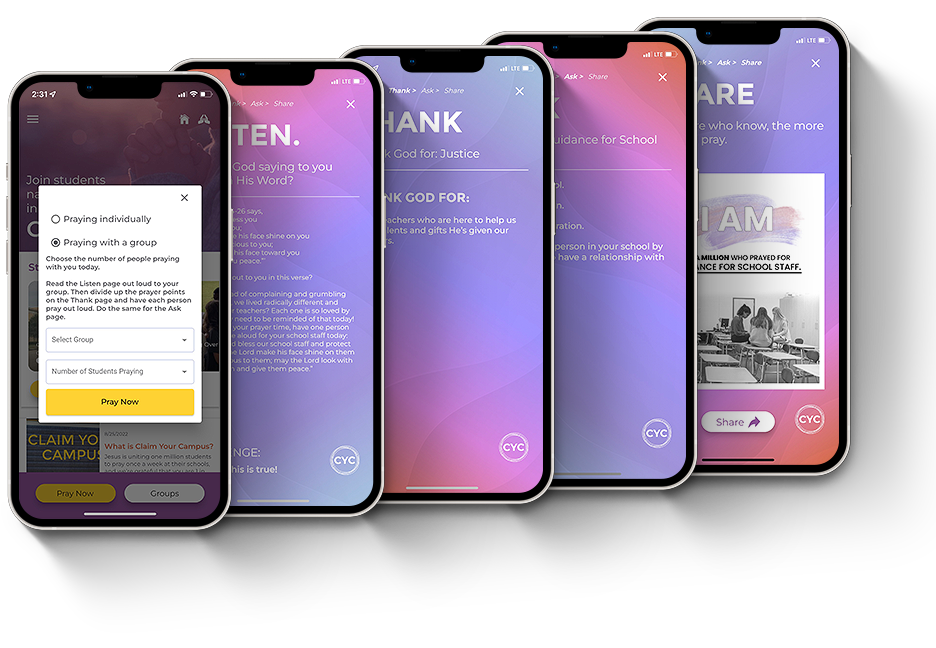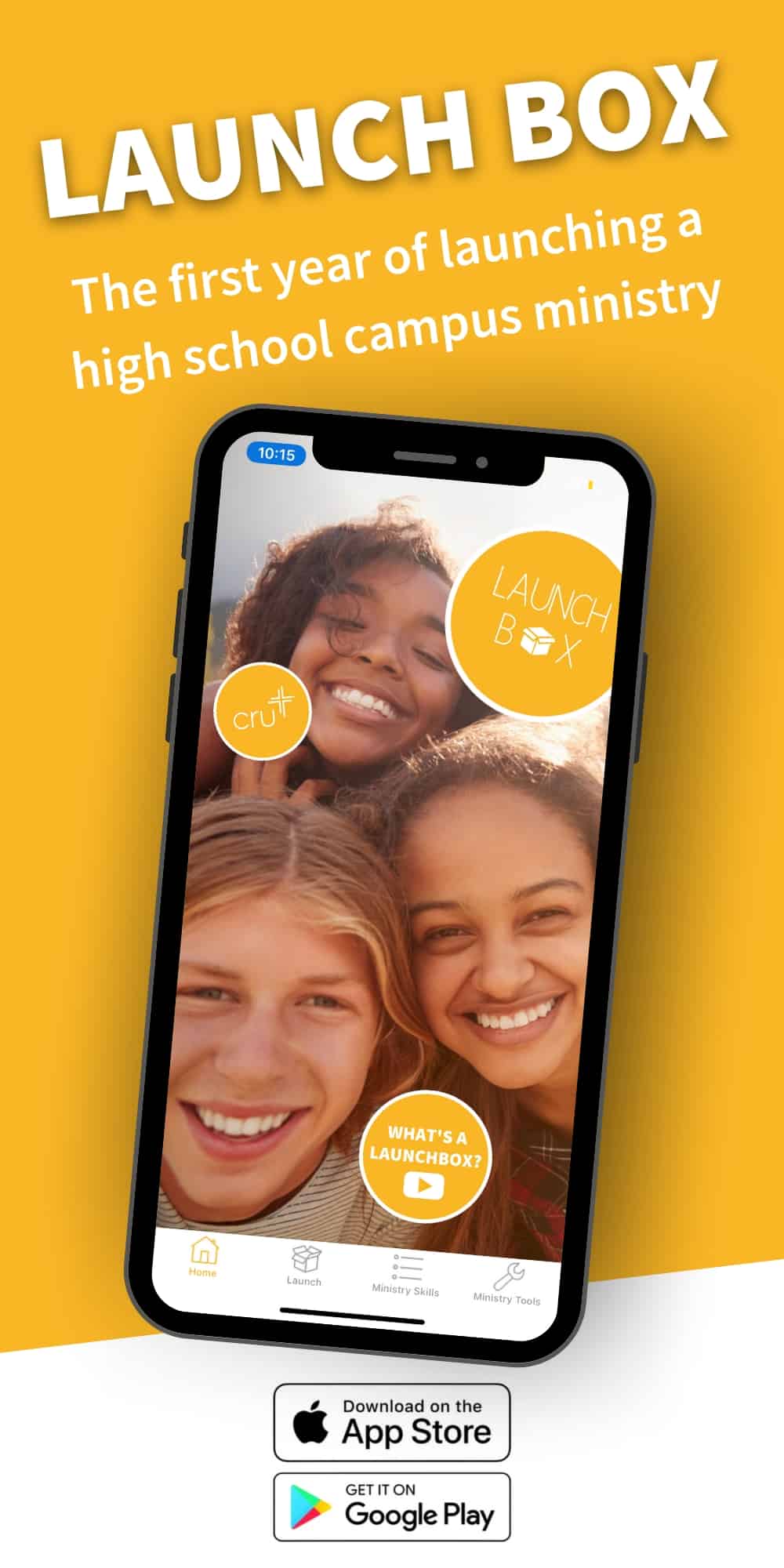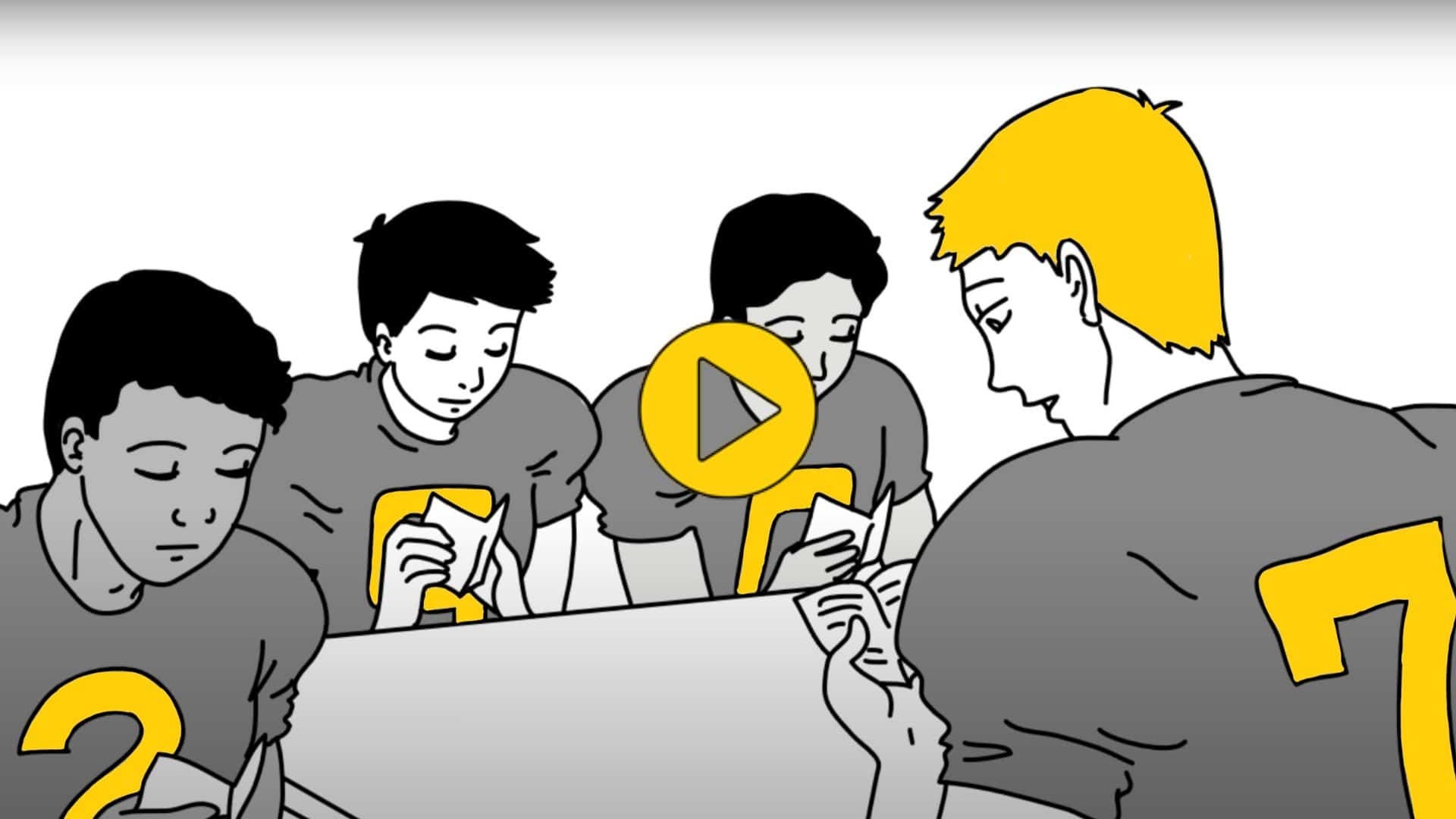Imagine you are at your favorite coffee shop with a student who has attended your meetings and has some questions about spiritual things. So far you two have just been hanging out and talking. Now it is time to bring them around to the purpose of your visit, but how are you going to do that?
Turn the Conversation Spiritual
Moving from banter into a gospel conversation takes a little practice and can often feel unnatural. How do you turn chit chat into an opportunity to share your faith?
First, let’s remember four principles shaping this transition:
- The point of this meeting is to bring up spiritual things. It can be as natural as asking who won the game last night. There is no need to feel awkward or apologetic for changing the subject.
- Pray. Ask God for His favor and for responsive hearts.
- Bring along an involved student to model how it is done so they can do it later with their friends.
- Practice your transitions. Practicing will help them become more natural.
Pray. Ask God for His favor and for responsive hearts.
The Triangle Diagram
The triangle diagram is really effective in helping transition from normal day-to-day conversations into spiritual conversations. All you need is a napkin or a piece of paper.
Start out by drawing a triangle. You can say something like this, “Most people are looking for fulfillment in their lives, and to find it, a balance needs to be established in three major areas.” You can even ask them what they think those three areas are.
Along one side of the triangle, write out mental and ask them, “How does the school help you mentally?” They might say something like teachers, classes, homework, and other things like that.
On the next side write physical, then involve them by asking how their school helps them physically. They will probably talk about their coaches, PE classes, sports, and other activities.
Now on the base of the triangle, write, spiritual. Then ask the student, “How about spiritually? Does the school help you there?” Most students will admit that the school is not a place for spiritual growth. That is a great opportunity to talk about Cru.

Get to the Gospel
Say, “This is where Cru comes in! Our meetings and other events are designed to help students on their spiritual journey.” As you are talking about the purpose of Cru, ask a lot of questions. Some good questions to ask are the following:
- “What do you think it means to be spiritually fulfilled?”
- “Where do you go for spiritual fulfillment?”
- “If you don’t mind, can I share about where I get spiritually fulfilled, and what that means to me?”
After asking questions, you can share that someone is spiritually fulfilled when they have a relationship with God and know Jesus Christ died for their sins. Then ask them if anyone has ever explained how they can know God personally and if they would be interested in learning more. If they are, share the gospel with them!
Don’t Worry if you Don’t Get to the Gospel
Sometimes as you share and lean on the Holy Spirit for guidance, you might discern that you need more time to build a relationship with a student before sharing the gospel.
In that case, after they talk about spiritual fulfillment, wrap up the conversation. Then set up the next time to meet with them. You can ask if you can talk about where you go for your spiritual fulfillment and what it means for you to be spiritually fulfilled the next time you meet.
We like to say in Cru that we take the first opportunity to share the gospel and tools like the triangle diagram help bring Christ into focus. This is just a part of the most important conversation that we will ever have!









